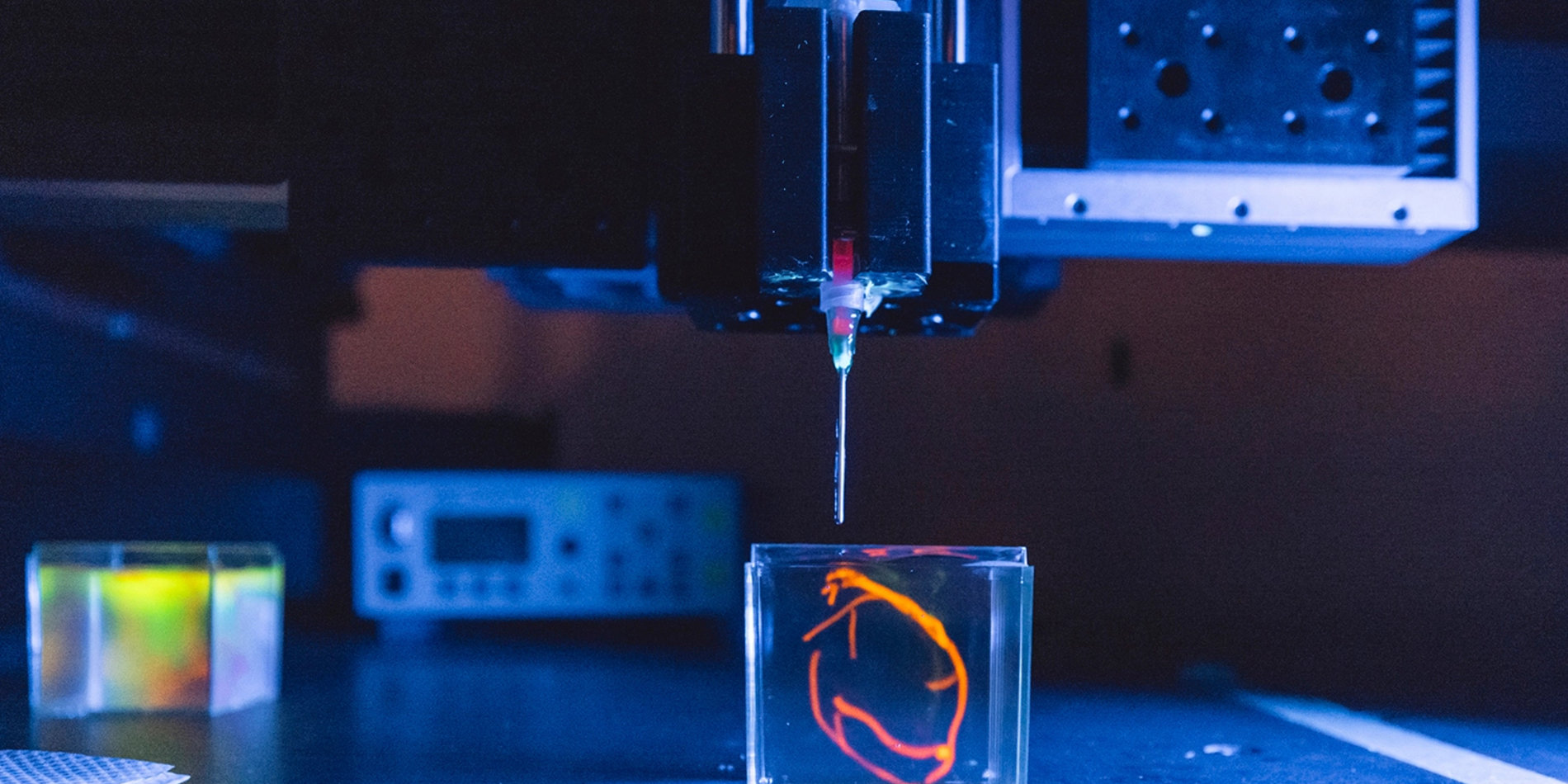Research Area: Human Health
Where mechanics meets medicine
With over 200 medical device companies within 20 miles and three top-tier hospitals within walking distance, the Stanford campus provides a unique setting for medical innovation.
Many faculty and students working in human health/Biomechanical Engineering are developing a combination of strong mechanical skills with a working understanding of biological and/or medical systems and processes. Investigations range from exploring how cells sense their environment and interact, to designing the next generation of medical equipment and joint replacements. Biomechanical Engineering research encompasses not only fundamental scientific questions but also the endeavors which will bring discoveries to hospitals, clinics and society as a whole to improve general health, well-being and quality of life.
Human Health is central to the department’s efforts in exploring the mechanics-biomedicine interface and developing innovative solutions for this rapidly growing area. In addition, many students working in all of the Mechanical Engineering groups (Design; Thermofluids, Energy, and Propulsion Systems; Flow Physics and Computation; and Mechanics and Computation) have substantial research efforts in the area of biological systems.
Human Health Research Highlights
OpenCap: Sophisticated human biomechanics from smartphone video
With synchronous video from a pair of smartphones, engineers at Stanford have created an open-source motion-capture app that democratizes the once-exclusive science of human movement – at 1% of the cost.
Read the Story
